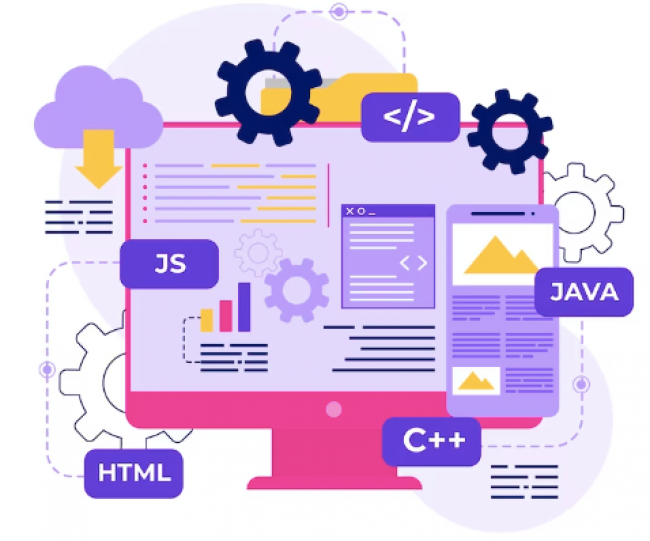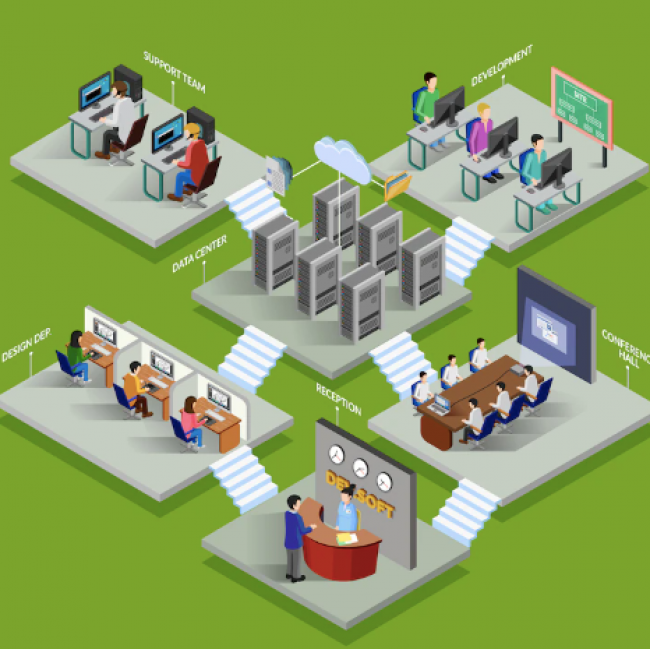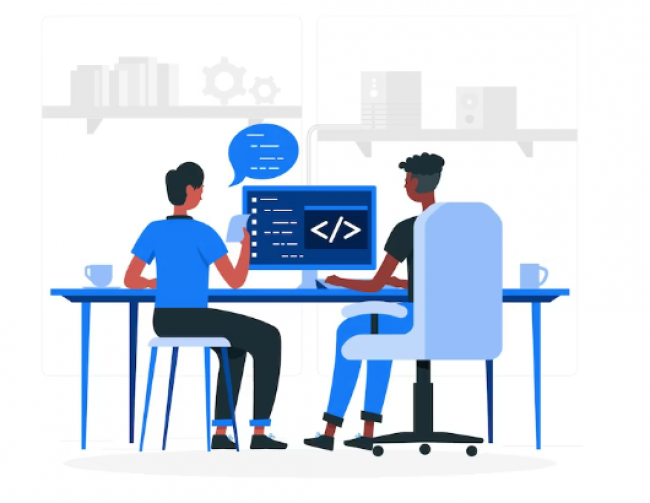
An operating system is the invisible force that powers our modern digital world. It serves as the fundamental bridge between hardware and software, ensuring that our devices function seamlessly and efficiently. Exploring the core components of an operating system is akin to peeling back the layers of a technological onion, revealing the intricate mechanisms that enable our computers, smartphones, and other devices to perform a multitude of tasks. In this exploration, we will delve into the essential elements that make up an operating system, shedding light on its inner workings, and gaining a deeper appreciation for the pivotal role it plays in our daily lives.
An operating system (OS) is a fundamental and essential software component that acts as an intermediary between the hardware of a computer or electronic device and the software applications running on it. It plays a crucial role in managing and controlling various aspects of the system to provide a user-friendly and efficient computing environment.
Components
An operating system (OS) is a complex software program that acts as an intermediary between the hardware of a computer or device and the applications or software that run on it. Operating systems consist of several core components, each with its specific role in managing and controlling the system. Here, I will explain these core components of the operating system:
Kernel: The kernel is the central component of an operating system. It manages and controls the hardware resources, including the CPU (central processing unit), memory, storage devices, and input/output devices. It also provides essential services like process management, memory management, and hardware abstraction.
Process Management: Process management is the core function of the kernel. It involves creating, scheduling, and terminating processes (individual tasks or programs). The kernel ensures that processes run in isolation and manage resources efficiently.
Memory Management: Memory management is responsible for allocating and deallocating memory for processes. It keeps track of available memory, assigns portions to processes, and swaps data between RAM and storage (paging/swap) when necessary.One of the primary functions of an operating system is to abstract the underlying hardware for software applications. This means that it provides a consistent and standardized interface for software to interact with the diverse and often complex hardware components, such as the central processing unit (CPU), memory, storage devices, input/output devices (e.g., keyboard, mouse, and display), and network interfaces. This abstraction shields software developers from having to write code tailored for specific hardware components, making it easier to develop applications that can run on a variety of devices. You should also study multiprocessor scheduling in the operating system.
File System: The file system component is responsible for managing files and directories. It organizes data on storage devices, controls access to files, and provides a hierarchical structure for organizing data.: The OS oversees the organization of data on storage devices, such as hard drives and solid-state drives. It manages files, directories, and storage space, providing users and applications with a structured way to store, retrieve, and manage data.
Device Drivers: Device drivers are software components that enable the OS to communicate with and control hardware devices such as printers, graphics cards, and network adapters. They act as intermediaries between the kernel and hardware.Device drivers, which are part of the operating system, enable communication with hardware devices. The OS controls input and output operations, such as reading from and writing to disks, sending data to printers, and managing network connections.
User Interface: The user interface component provides a way for users to interact with the operating system and applications. There are two primary types of user interfaces: command-line interfaces (CLI) and graphical user interfaces (GUI). CLI relies on text commands, while GUI offers a visual and interactive environment.
Networking and Communication: This component manages network connections, protocols, and services. It allows devices to communicate with each other over networks and the internet. Networking is crucial for sharing resources and data between devices.
Security and Access Control: Security is a critical component of any operating system. It includes authentication, authorization, encryption, and other mechanisms to protect data and system resources. Access control determines who can access what resources and under what conditions. Operating systems include security mechanisms to protect the system and its data. This includes user authentication, authorization, encryption, and access control to prevent unauthorized access and protect against malware and other threats.
System Calls: System calls are interfaces that allow applications to request services from the kernel. These calls facilitate communication between user-level programs and the kernel, enabling tasks such as opening files, creating processes, and managing memory.
Utilities and System Tools: Operating systems come with various utilities and tools that help users manage their systems. Examples include task managers, disk management tools, text editors, and command-line tools.
Schedulers: Schedulers determine the order in which processes are executed on the CPU. There are different scheduling algorithms, each optimized for specific use cases, such as real-time or general-purpose computing.
These core components of the operating system work together harmoniously to provide a stable, efficient, and secure environment for users and applications to run on a computing device. The complexity and capabilities of an operating system can vary significantly, depending on its intended use, but these components are found in virtually all operating systems, from desktop and server OSs to mobile and embedded systems.
In this journey through the core components of an operating system, we have unravelled the intricate web of functions and features that form the backbone of modern computing. From managing hardware resources to providing user interfaces, file systems, and security protocols, the operating system proves to be a multifaceted marvel. As we conclude our exploration, it becomes evident that an operating system is more than just a piece of software; it is the linchpin that connects us to our digital universe.
You should also study multiprocessor scheduling in the operating system. Understanding these core components not only grants us a glimpse into the technical complexity of these systems but also reinforces their indispensable role in the advancement of technology and the facilitation of our daily tasks. With the ever-evolving landscape of technology, the study and appreciation of operating systems remain as relevant and essential as ever.
















